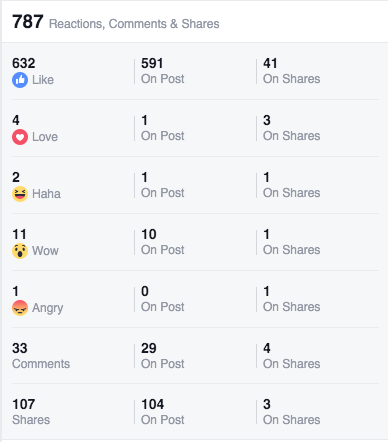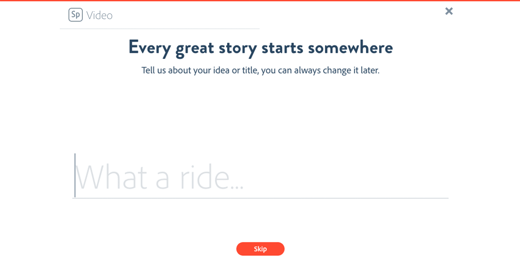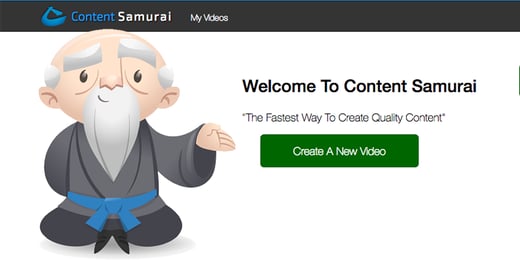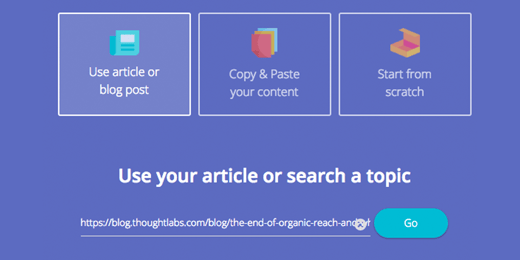The release of Facebook Reactions is huge news because it is a huge change - extending the Like button with 5 new emotions. These reactions enable users to express their opinion quickly, both positively and negatively, but what does it mean for brands and how can you take advantage of these new engagement options?
Why Just 6 Reactions?
Facebook has understood for a long time that the "like" doesn't always match the emotion that people feel when engaging with content.
Facebook has understood for a long time that the "like" doesn't always match the emotion that people feel when engaging with content. It would often feel awkward for users to like posts about bad events, when what they really wanted was to show empathy or anger. Many users clambored for a "dislike" button.
Rather than focus on one negative reaction, Facebook put a lot of effort into looking at the emotions people wanted to express, spending over a year doing focus groups, surveys, and tests to determine the best choices. They also looked at the use of stickers in the mobile apps as indicators.
While 20-25 emoji might be needed to capture all possible emotions, Wired writes that Facebook wanted to keep it simple to decide and use, especially on mobile. So, they test smaller sets of emoji, eliminating options like "Yay!", which overlapped with "Haha" and "Love".
"It's such a good human reaction,"DacherKeltner says. Butyay also conveyed a handful of other positive emotions like "love" or even "haha." "People actually ended up using that one less than all the other reactions,"Zhuo says. "It sort of felt like it didn't quite stand on its own."
In the end, they settled on the 6 emoji we have today - Like, Love, Haha, Wow, Sad, and Angry - each animated to showcase their emotions.
How can you Measure Reactions?
Reactions can provide new insights into how users are receiving your content. It is easy to see on each post how many people have selected each emotion and know right away if they match your expectations.
![]()
In the past, getting these types of insights would have required a sentiment analysis of comments, which were often not very exact representations of what users felt either. Facebook also nicely lets you see which users have selected each reaction, enabling social customer care to handle any big issues.
"Reactions gives businesses a really crisp way of understanding on a multi-dimensional level how people are feeling about the things that they're posting," said Richard Sim, Facebook's director of monetization product marketing.
Reactions also appear in the Post Details dialog, visible by clicking on the number of people reached text below each of your posts or from inside Facebook Insights. Here you can see the total counts and where each reaction occurred:

But, reactions are not yet present in the exports from Facebook Insights or in the API, preventing them from being truly analyzed. Some are claiming that reactions are not important enough to even be measured, but I think that depends on what your goals are. As a community manager, understanding engagement is critical for producing content that resonates with your audience. However, reactions aren't leads, so their value stops early in the buyer's journey.
NEXT STEPS
So, what should your brand be doing to take advantage of Facebook Reactions?
- Try to get reactions. Create content that attempts to get specific reactions from viewers - that connects with them around different emotions. This expanded connection should also spur additional engagement.
- Review reactions. Eyeball the reaction statistics on each post to see if it matches expectations and to look for surprises. This can lead to better content in the future and opportunities for outreach and social support.
- Keep an eye on the News Feed. Right now, Facebook is not treating reactions any differently than it did with Likes. However, they have expressed that they may in the future, increasing the reach of posts whose reactions match user preferences.
Reactions are a great enhancement to the platform for users and they provide brands with a quick and easy way to gauge sentiment without really changing the basics of publishing on Facebook, at least for now.
Have you seen success with engaging with reactions?
➤ UPDATE - Hear more about this blog post in Fresh Thoughts Podcast Ep 05 - Multiple Facebook Pages and Content Marketing Deep Dives.
Feb 24, 2016


